Chainsaws are a must-have for anyone tackling yard work or DIY projects. Whether you're trimming branches, cutting firewood, or taking down trees, there’s a chainsaw that fits your needs perfectly. Check out our selection to find the right one that’s powerful, easy to handle, and ready to get the job done!
Chainsaws
Effortlessly tackle any cutting task with reliable performance and precision
Product List
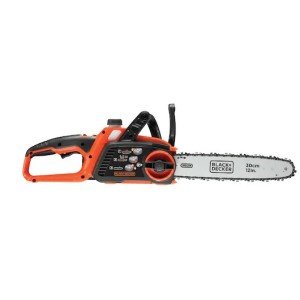
Black + Decker 36V Chainsaw
Black+Decker
Product Review Score
4.29 out of 5 stars
146 reviews$367.69 $159.04
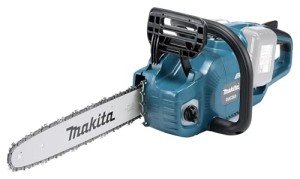
Makita 18V Brushless Chainsaw
Makita
Product Review Score
4.72 out of 5 stars
78 reviews$425.39 $309.73
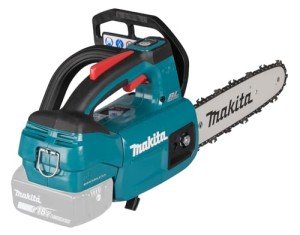
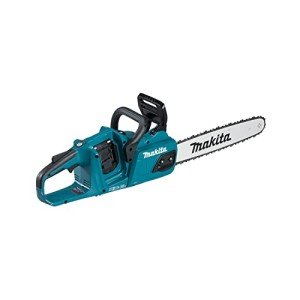
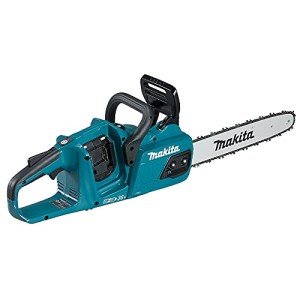

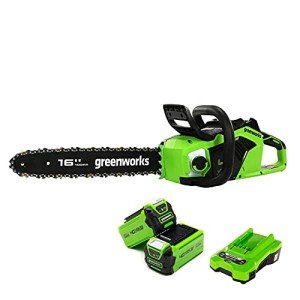
Greenworks 40cm Cordless Chainsaw
Greenworks
Product Review Score
4.81 out of 5 stars
53 reviews$287.81
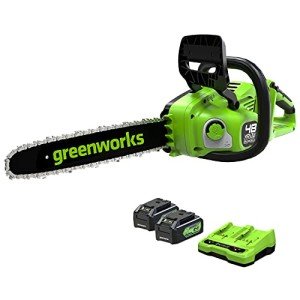
Greenworks 48V Cordless Chainsaw
Greenworks
Product Review Score
4.24 out of 5 stars
132 reviews$392.54 $324.51


Chainsaws are powerful tools that have become essential in various tasks such as cutting firewood, tree maintenance, and even performing complex landscaping. However, with their power comes responsibility and a need for education on their use, safety, and maintenance. This blog post delves into all aspects of chainsaws, helping you understand their types, uses, maintenance, and safety precautions.
Table of Contents
- What is a Chainsaw?
- Types of Chainsaws
- 2.1. Gas Chainsaws
- 2.2. Electric Chainsaws
- 2.3. Battery-Powered Chainsaws
- Chainsaw Uses
- Chainsaw Safety
- Chainsaw Maintenance
- Frequently Asked Questions (FAQs)
- Conclusion
1. What is a Chainsaw?
A chainsaw is a portable mechanical saw that consists of a gasoline engine or electric motor that drives a chain with sharp teeth around a guide bar. This saw can cut through wood, making it an efficient tool for various tasks, from tree felling to pruning.
2. Types of Chainsaws
Chainsaws vary broadly in design and function. The three primary types of chainsaws are gas, electric, and battery-powered.
2.1. Gas Chainsaws
| Feature | Details |
|---|---|
| Power Source | 2-stroke engines |
| Weight | Generally heavier than electric models |
| Use | Ideal for heavy-duty tasks |
| Portability | Highly portable with no cords |
| Maintenance | Requires regular maintenance (fuel, oil, spark plugs) |
Gas chainsaws are designed for robust tasks, such as logging and cutting large trees. They are preferred by professionals who need power and portability.
2.2. Electric Chainsaws
| Feature | Details |
|---|---|
| Power Source | Electricity (corded) |
| Weight | Generally lighter than gas chainsaws |
| Use | Suitable for light to medium tasks |
| Portability | Limited by the length of the cord |
| Maintenance | Minimal maintenance; no fuel required |
Electric chainsaws are best for homeowners and hobbyists who often engage in light to medium tasks like cutting branches and trimming shrubs.
2.3. Battery-Powered Chainsaws
| Feature | Details |
|---|---|
| Power Source | Rechargeable batteries |
| Weight | Comparable to electric models |
| Use | Suitable for light to medium tasks |
| Portability | Highly portable; not limited by cords |
| Maintenance | Minimal maintenance; no fuel required |
Battery-powered chainsaws offer the benefits of both gas and electric saws. They provide portability without the hassle of cords while still being suited for lighter cutting tasks.
3. Chainsaw Uses
Chainsaws can be utilized for a variety of applications:
- Tree Felling: Cutting down trees for lumber or clearing land.
- Limbing: Removing branches from felled trees.
- Buckling: Cutting logs into shorter sections.
- Pruning and Trimming: Shaping trees and shrubs.
- Firewood Preparation: Cutting logs into manageable pieces for burning.
Understanding the specific use-case will help in choosing the right chainsaw for your needs.
4. Chainsaw Safety
Chainsaws can pose serious risks if not handled properly. Here are essential safety tips for using a chainsaw:
- Wear Protective Gear: Always wear a helmet, eye protection, and chainsaw chaps or trousers to protect against cuts and falling debris.
- Ensure Proper Grip: Maintain a firm, two-handed grip on the saw while cutting.
- Avoid Kickback: Be mindful of the area you are cutting to avoid the saw chain hitting you should it kick back.
- Start Safely: Always start your chainsaw on the ground, away from your body.
- Clear the Area: Ensure the workspace is free from bystanders, electrical lines, and obstacles that could pose hazards.
5. Chainsaw Maintenance
Regular maintenance is vital to keep your chainsaw functioning effectively and safely. Here’s a simple maintenance checklist:
- Clean Filters: Keep air and fuel filters clean to ensure proper functioning.
- Sharpen the Chain: A sharp chain makes cutting easier and reduces strain on the motor.
- Check Fuel and Oil Levels: Always keep the correct fuel-to-oil mixture and ensure the oil reservoir is filled.
- Inspect the Chain Tension: The chain should be tight enough to avoid slipping but loose enough to move freely.
- Inspect Components: Check for any wear and tear on guide bars and other parts regularly.
6. Frequently Asked Questions (FAQs)
Q1: How do I choose the right chainsaw for my needs?
A: Consider the tasks you'll perform (light pruning vs. tree felling), whether you prefer gas, electric, or battery models, and your budget.
Q2: How often should I sharpen my chainsaw chain?
A: It depends on usage; however, sharpening after every five hours of cutting is generally advisable.
Q3: Is it safe to use a chainsaw alone?
A: While it is sometimes necessary to work alone, it's safer to have someone nearby in case of emergencies.
Q4: Can I use electric chainsaws outdoors?
A: Yes, but ensure that the electrical outlet is secure and protected from moisture to prevent electrical hazards.
Q5: How can I reduce chainsaw kickback?
A: Use a chainsaw with an anti-kickback chain, avoid cutting with the tip of the bar, and always ensure you maintain proper cutting techniques.
7. Conclusion
Chainsaws are indispensable tools with a myriad of uses in home improvement and professional landscaping. Understanding the different types, applications, and maintenance requirements is essential for anyone looking to utilize a chainsaw, whether as a hobbyist or a professional. By adhering to the safety measures and maintenance routines outlined in this guide, users can effectively manage their chainsaw operations safely and efficiently. Respect for this powerful tool goes a long way in ensuring a rewarding and safe experience.